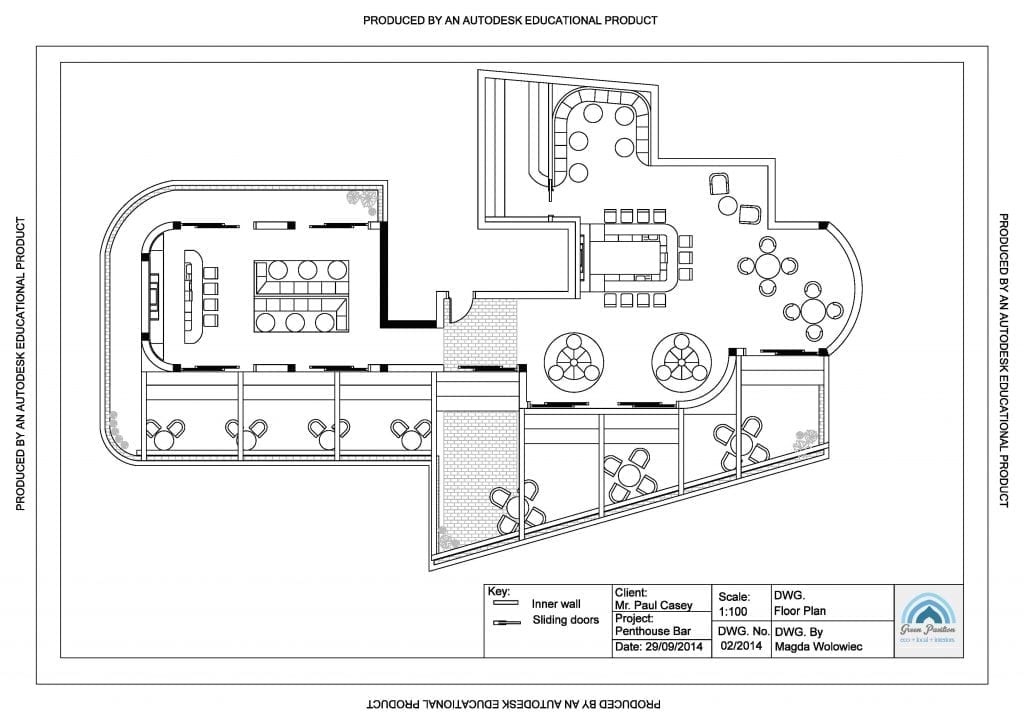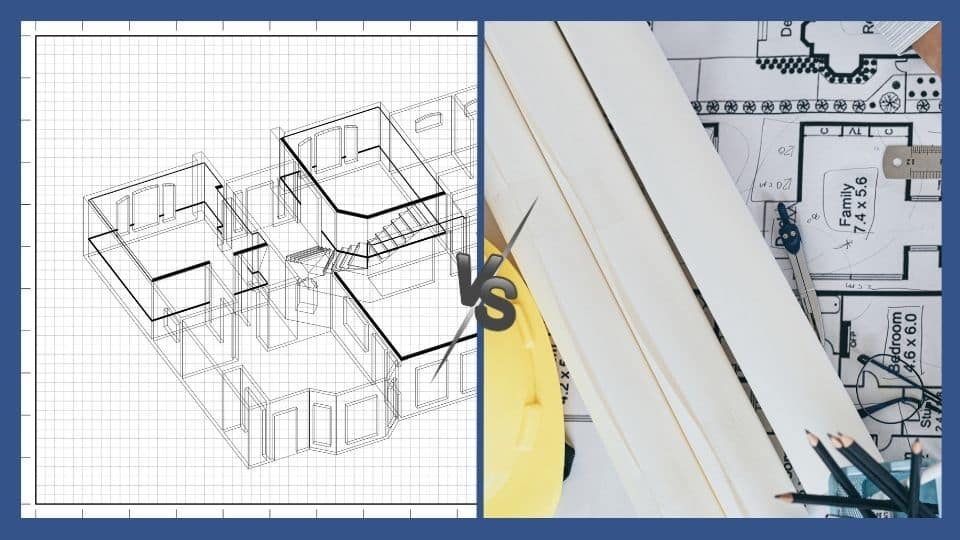The Art of Equilibrium: Exactly How Interior Design and Home Engineer Collaborate for Stunning Results
In the world of home layout, striking a balance between aesthetics and performance is no tiny feat. This delicate balance is attained through the harmonious partnership in between indoor developers and architects, each bringing their distinct proficiency to the table. The result? Areas that are not just aesthetically magnificent but also very habitable. Nonetheless, this excellent blend is not always easy to achieve. Stick with us as we discover the details of this joint process and its transformative effect on home design.
Understanding the Core Differences In Between Inside Style and Home Architecture
While both Interior Design and home style play crucial duties in producing visually pleasing and functional rooms, they are naturally different disciplines. Home style largely focuses on the structural aspects of the home, such as building codes, security policies, and the physical construction of the area. It handles the 'bones' of the framework, working with spatial dimensions, bearing walls, and roofing layouts. On the various other hand, Interior Design is much more worried with improving the sensory and aesthetic experience within that structure. It entails picking and arranging furnishings, choosing color pattern, and including decorative components. While they work in tandem, their duties, obligations, and locations of experience split significantly in the development of an unified home atmosphere.
The Synergy In Between Home Style and Interior Style
The harmony in between home architecture and Interior Design exists in a common vision of design and the enhancement of practical visual appeals. When these 2 areas straighten sympathetically, they can transform a space from ordinary to remarkable. This partnership calls for a much deeper understanding of each technique's principles and the ability to produce a cohesive, visually pleasing setting.
Unifying Layout Vision
Linking the vision for home design and interior layout can produce an unified living area that is both functional and cosmetically pleasing. It advertises a synergistic technique where architectural components complement indoor style components and vice versa. Therefore, unifying the design vision is critical in blending style and interior layout for sensational outcomes.
Enhancing Practical Looks
Just how does the synergy between home architecture and indoor design boost functional appearances? Engineers lay the foundation with their structural layout, guaranteeing that the area is practical and effective. An engineer may design a home with big windows and high ceilings.
Value of Collaboration in Creating Balanced Spaces
The cooperation in between indoor developers and designers is critical in developing balanced spaces. It brings harmony in between style and style, bring to life rooms that are not just visually pleasing but also practical. Exploring successful collective techniques can supply understandings into just how this synergy can be successfully achieved.
Harmonizing Layout and Style
Equilibrium, an important facet of both Interior Design and architecture, can just really be accomplished when these two areas operate in consistency. This harmony is not just a visual consideration; it affects the performance, longevity, and inevitably, the livability of a space. Inside designers and designers should comprehend each various other's duties, respect their expertise, and communicate properly. They need to take into consideration the interaction of architectural components with style, the flow of spaces, and the influence of light and shade. This collaborative procedure results in a cohesive, balanced layout where every aspect i loved this contributes and has a function to the overall visual. Consequently, balancing style and style is not simply regarding developing attractive spaces, however regarding crafting rooms that function perfectly for their citizens.
Successful Joint Techniques

Situation Researches: Successful Assimilation of Layout and Architecture
Checking out numerous study, it emerges exactly how the effective combination of Interior Design and architecture can transform a room. The Glass Home in Connecticut, renowned for its minimalistic elegance, is one such instance. Architect Philip Johnson and interior developer Mies van der Rohe teamed up to develop an unified equilibrium between the structure and the inside, leading to a smooth circulation from the outside landscape to the inner living quarters. Another prototype is the Fallingwater House in Pennsylvania. Architect Frank Lloyd Wright and interior designer Edgar Kaufmann Jr.'s collective efforts cause a strikingly one-of-a-kind house that mixes with its all-natural environments. These case studies underscore the profound effect of an effective style and design cooperation.

Getting Rid Of Obstacles in Style and Style Collaboration
Despite the undeniable advantages of an effective cooperation in between Interior Design and architecture, it is not without its obstacles. Interaction problems can emerge, as both parties might make use of various terms, understandings, published here and strategies in their job. This can cause misunderstandings and delays in project conclusion. An additional major difficulty is the harmonizing act of looks and performance. Engineers might prioritize architectural integrity and safety and security, while developers focus on convenience and style. The assimilation of these purposes can be complicated. Additionally, spending plan and timeline constraints frequently include pressure, potentially causing breaks in the collaboration. Reliable interaction, mutual understanding, and compromise are critical to conquer these difficulties and attain a unified and successful cooperation.

Future Trends: The Progressing Relationship In Between Home Architects and Interior Designers
As the world of home style continues to develop, so does the connection between designers and indoor developers. On the other hand, indoor designers are accepting technical elements, influencing overall design and performance. The future assures an extra cohesive, innovative, and adaptive method to home style, as designers and designers continue to blur the lines, fostering a relationship that truly personifies the art of equilibrium.
Verdict
The art of equilibrium in home layout is accomplished with the harmonious collaboration in between indoor developers and designers. An understanding of each other's techniques, reliable interaction, and shared vision are important in creating visually stunning, useful, and welcoming areas. Despite obstacles, this collaboration fosters growth and development in style. As the connection in between home architects and indoor designers advances, it will remain to shape future fads, improving comfort, performance, and personal expression in our home.
While both indoor design and home design play essential duties in creating visually pleasing my sources and functional areas, they are naturally different techniques.The synergy between home style and interior style exists in a shared vision of style and the improvement of functional aesthetics.Combining the vision for home style and interior style can develop a harmonious living area that is both useful and aesthetically pleasing. Therefore, unifying the layout vision is essential in mixing style and interior design for sensational outcomes.
How does the harmony in between home architecture and interior style improve useful visual appeals? (Winchester architect)